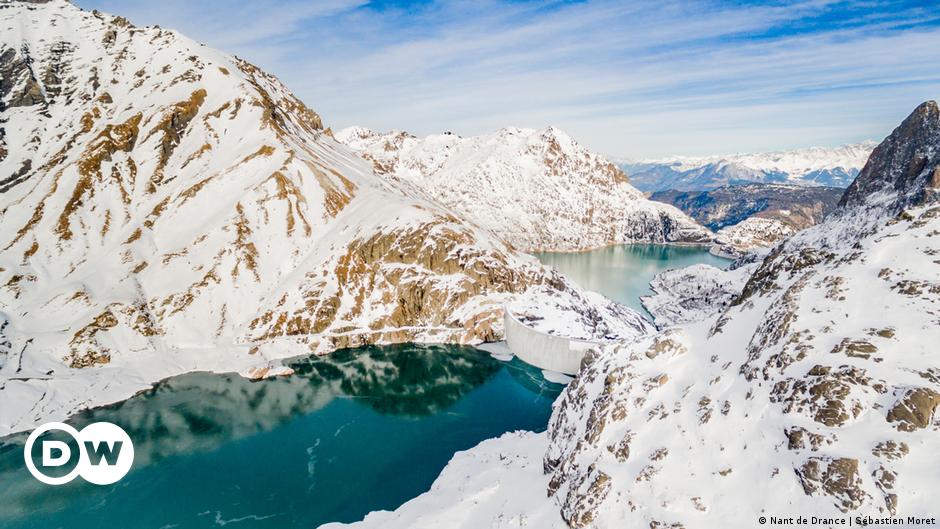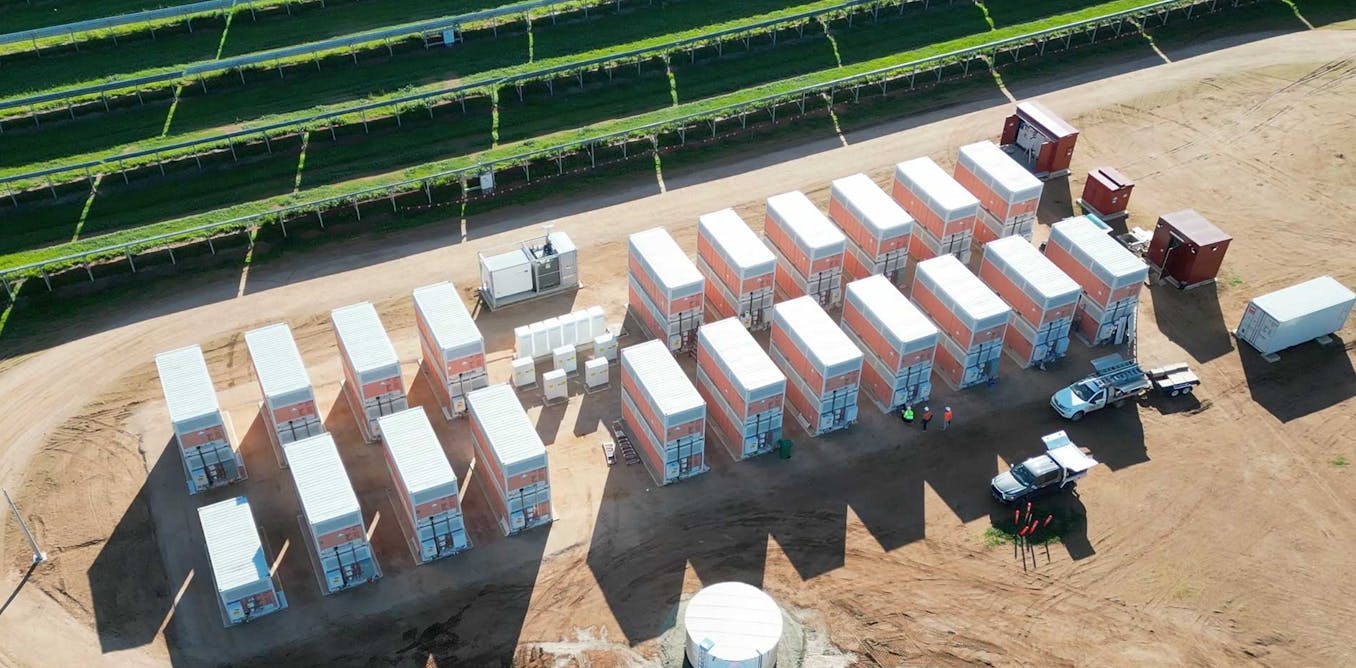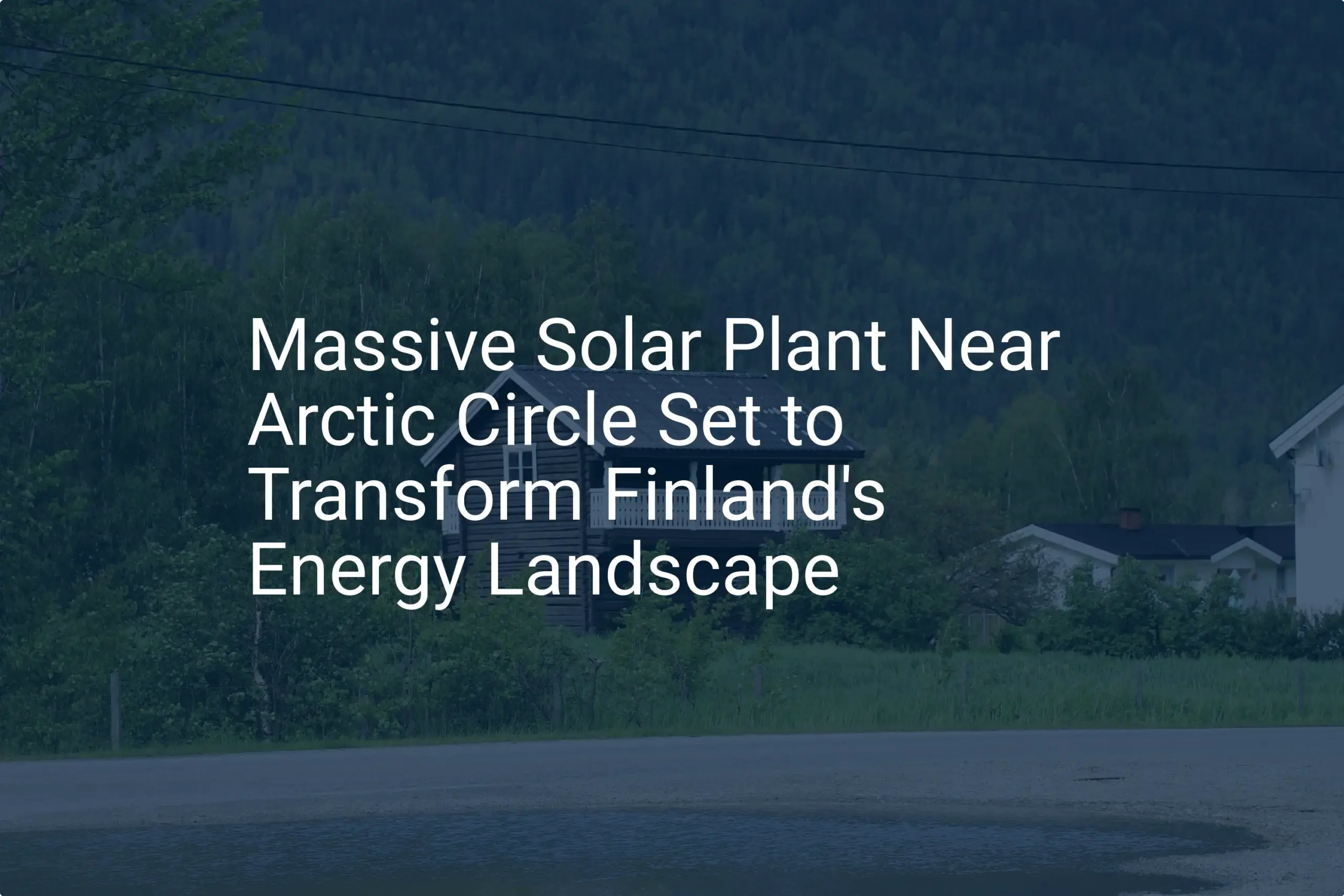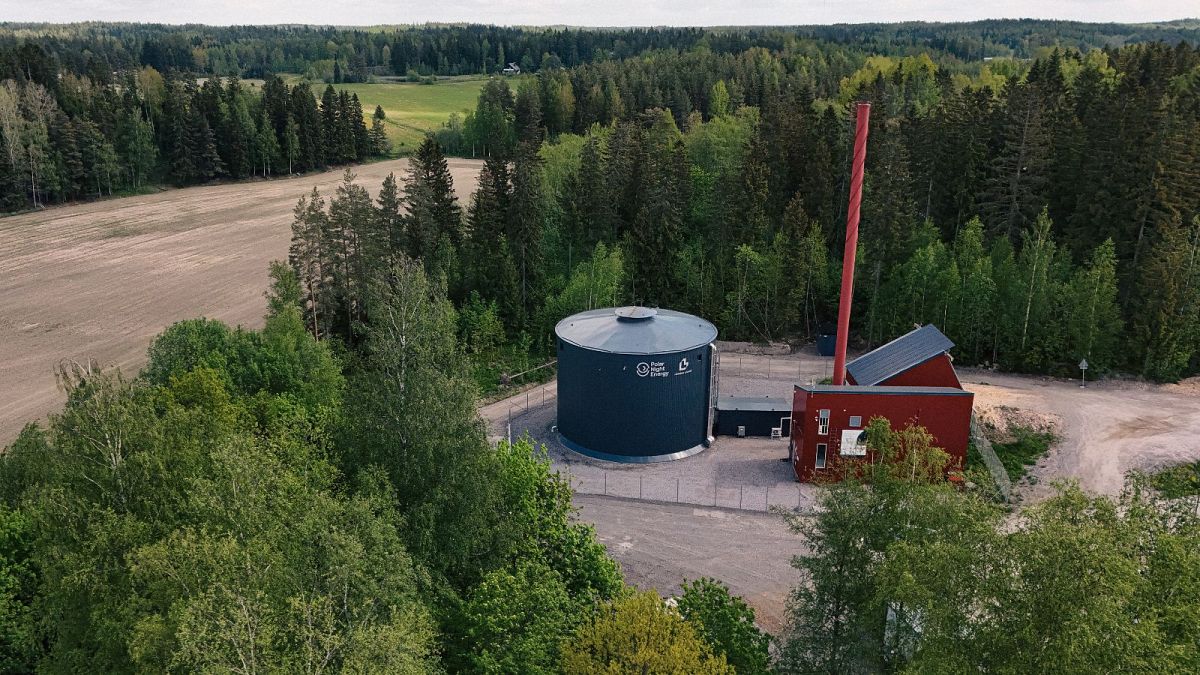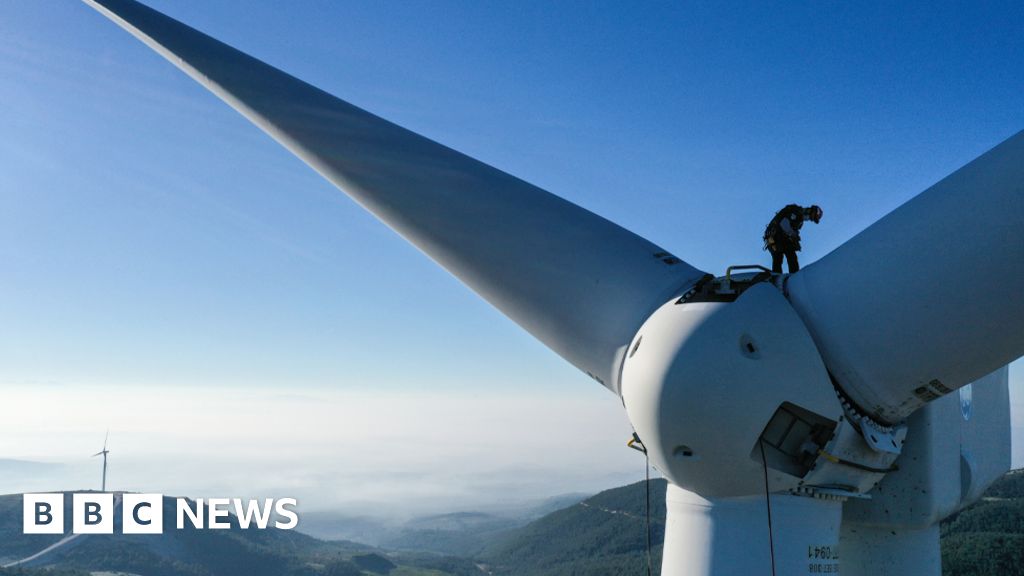- Joined
- Jul 26, 2005
- Messages
- 8,320
- Reaction score
- 2,667
- Gender
- Male
- Political Leaning
- Undisclosed
Renewable energy are outcompeting fossil fuel all across the world.
"Solar and wind are now almost always the least expensive and fastest option for new energy generation, according to the UN.
In 2024, data reveals that additions to global renewable energy capacity reached 582 gigawatts - a nearly 20 per cent increase from 2023 and the highest annual expansion since records began.
Almost all new power capacity built around the world came from renewables, and almost every continent on Earth added more renewables capacity than fossil fuels last year."
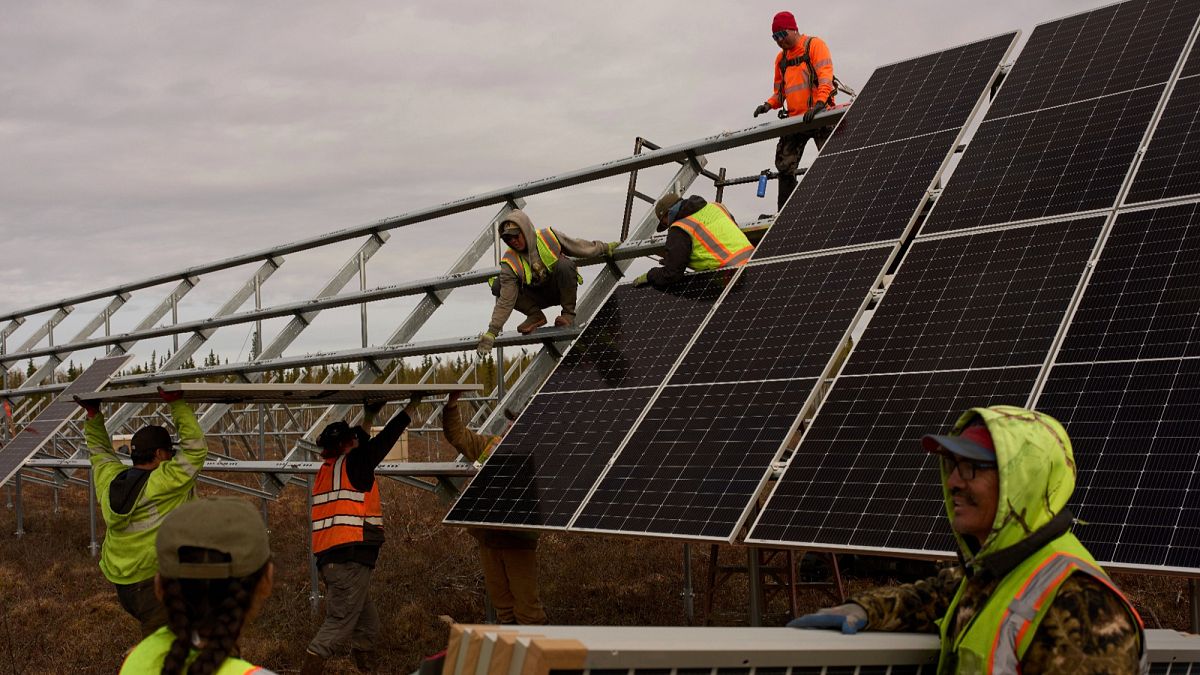
 www.euronews.com
www.euronews.com
With for example solar power and batteries being able to provide a large share of 24/365 power.
“Cloudy days mean that 24/365 solar generation – maintaining the same constant solar output every hour of every day of the year – would need so much solar and battery that it is likely uneconomical. However, in sunny cities it is possible to get more than 90% of the way. Las Vegas can reach 97% of the way to 1 GW constant supply and Muscat in Oman – 99%, using 6 GW solar panels and 17 GWh battery. Even cloudier cities like Birmingham can get 62% of the way to a constant supply every hour of every day across the year.”

 ember-energy.org
ember-energy.org
"Solar and wind are now almost always the least expensive and fastest option for new energy generation, according to the UN.
In 2024, data reveals that additions to global renewable energy capacity reached 582 gigawatts - a nearly 20 per cent increase from 2023 and the highest annual expansion since records began.
Almost all new power capacity built around the world came from renewables, and almost every continent on Earth added more renewables capacity than fossil fuels last year."

Solar is now 41% cheaper than fossil fuels, UN report shows
The global switch to renewable energy has passed a “positive tipping point”, according to two United Nations reports released on Tuesday.
With for example solar power and batteries being able to provide a large share of 24/365 power.
“Cloudy days mean that 24/365 solar generation – maintaining the same constant solar output every hour of every day of the year – would need so much solar and battery that it is likely uneconomical. However, in sunny cities it is possible to get more than 90% of the way. Las Vegas can reach 97% of the way to 1 GW constant supply and Muscat in Oman – 99%, using 6 GW solar panels and 17 GWh battery. Even cloudier cities like Birmingham can get 62% of the way to a constant supply every hour of every day across the year.”

Solar electricity every hour of every day is here and it changes everything | Ember
Batteries are now cheap enough to unleash solar energy’s full potential, getting as close as 97% of the way to delivering constant electricity supply 24 hours across 365 days cost-effectively in the sunniest places.


